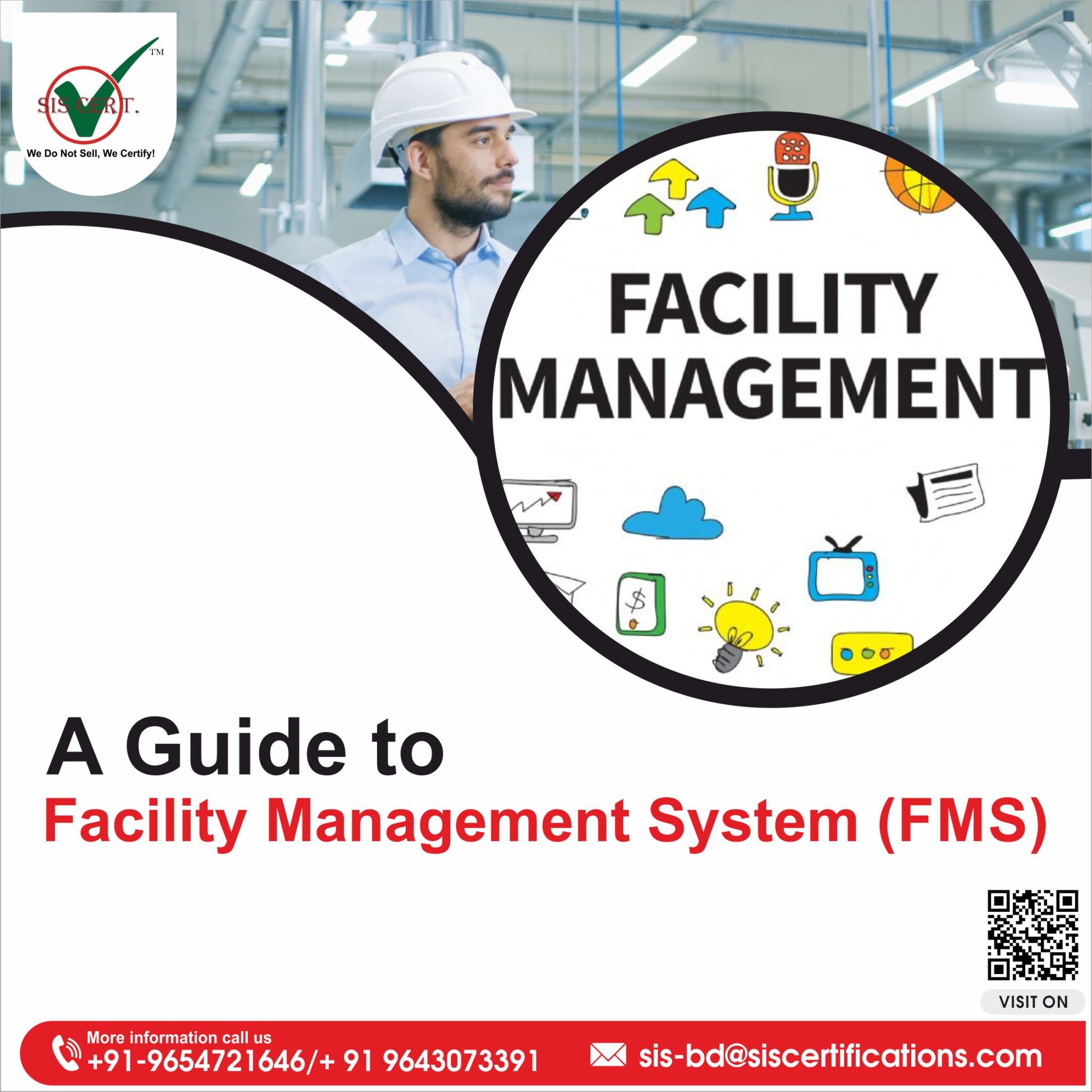Total Facility Management Explained: A Guide for Facility Managers
Wiki Article
Leading Advantages of Total Facility Management for Streamlined Workflow
Total Facility Management (TFM) stands for a strategic strategy to boosting operational efficiency by incorporating various solutions, such as upkeep and safety and security, under a unified management structure. The question continues to be: what certain advantages can organizations harness from taking on TFM, and exactly how might these benefits change their operational landscape?Boosted Operational Efficiency
Boosted operational performance is a key advantage of executing total facility management (TFM) strategies. TFM incorporates a comprehensive strategy to handling a facility's resources, processes, and facilities, eventually improving operations. By combining numerous services-- such as maintenance, safety and security, cleansing, and area management-- TFM reduces redundancies and enhances control among various operational functions.
The combination of modern technology further enhances this effectiveness. Advanced facility management systems offer real-time data analytics, allowing facility managers to make educated decisions that enhance process and resource appropriation. Anticipating upkeep techniques, for instance, anticipate equipment failings prior to they take place, lowering downtime and expanding property life-span.
In addition, TFM advertises standard procedures throughout different divisions, making sure uniformity and high quality in solution distribution. This harmony lowers functional disturbances and cultivates an extra joint functioning atmosphere. Because of this, workers can concentrate on their core duties, driving performance and improving general performance.

Cost Decrease and Cost Savings
Implementing total facility management (TFM) not only enhances operational performance however also dramatically adds to cost reduction and cost savings. By consolidating different solutions under a single management structure, organizations can remove redundancies and improve procedures, consequently decreasing operational expenses. TFM makes it possible for much better purchase techniques, enabling firms to work out bulk investing in agreements with vendors and company, leading to lower costs.In addition, TFM emphasizes precautionary upkeep, which decreases unexpected breakdowns and prolongs the life-span of critical equipment. This positive technique not just lowers fixing costs however likewise improves the dependability of facilitiess, making certain undisturbed operations. Additionally, energy effectiveness initiatives, typically an essential focus of TFM, cause considerable savings on utility bills, as facilitiess are enhanced for decreased energy consumption.
Improved Resource Management
Efficient resource management is a cornerstone of total facility management (TFM), enabling organizations to maximize the usage of their possessions and workforce. By executing TFM techniques, organizations can comprehensively assess their source appropriation, making certain that every property is used effectively and efficiently. This alternative technique enables the identification of underperforming resources and the possibility for reallocation or improvement.On top of that, TFM assists in the combination of innovation for real-time tracking of sources, which helps in predicting upkeep requirements and avoiding pricey downtime. By leveraging data analytics, organizations can make enlightened decisions about source implementation, ultimately boosting efficiency and lowering waste.
Additionally, TFM promotes a culture of continual enhancement, encouraging groups to consistently examine and refine their resource management practices. Total Facility Management. This aggressive stance not only decreases operational disturbances but additionally promotes technology, as workers are encouraged to suggest enhancements based on their firsthand experiences with source usage
Streamlined Interaction Networks
In total facility management, structured communication networks play an essential duty in fostering partnership and find out performance throughout teams. Efficient interaction guarantees that all stakeholders, consisting of facility managers, maintenance personnel, and company, are lined up with functional needs and organizational objectives. By developing clear lines of communication, groups can promptly address issues, share updates, and carry out remedies, thus lessening downtime and boosting productivity.With streamlined interaction systems, details is easily accessible, permitting real-time updates on maintenance requests, resource appropriation, and task timelines. This openness not just reduces misunderstandings however likewise empowers employees to make enlightened decisions swiftly. In addition, structured communication promotes better sychronisation throughout emergency situations, making certain that all employees are informed and can react promptly.

Boosted Concentrate On Core Activities
A vital advantage of total facility management is the increased concentrate on core activities, permitting companies to focus on their main business purposes - Total Facility Management. By contracting out non-core features such as security, cleaning, and maintenance, firms can reroute their sources and power in the direction of tactical campaigns that directly contribute to their competitive benefit and growthTotal facility management incorporates numerous operational jobs under a single umbrella, fostering performance and decreasing redundancy. This consolidation not only simplifies processes but additionally enhances liability, making sure that every facet of the facility runs Discover More harmoniously without diverting focus from what genuinely matters-- core organization functions.
Furthermore, this method enables employees to devote their time and efforts to tasks that drive development and enhance client fulfillment, instead than obtaining bogged down by functional difficulties. With read more a dependable facility management companion dealing with everyday procedures, organizations can attain better agility, respond promptly to market adjustments, and keep a sharper concentrate on their mission.
Ultimately, boosted concentrate on core tasks leads to enhanced overall performance, allowing companies to strengthen their market position and accomplish their calculated objectives better. - Total Facility Management
Final Thought
In final thought, Total Facility Management considerably boosts functional effectiveness by combining vital services and leveraging information analytics for educated decision-making. Cost decreases and boosted resource management contribute to overall savings, while streamlined communication channels foster cooperation amongst stakeholders.Total Facility Management (TFM) represents a strategic approach to boosting functional effectiveness by integrating different solutions, such as upkeep and safety and security, under a unified management structure.Enhanced operational efficiency is a main benefit of executing total facility management (TFM) techniques. Advanced facility management systems provide real-time information analytics, making it possible for facility supervisors to make informed choices that enhance operations and source allocation.Executing total facility management (TFM) not only boosts functional efficiency however additionally substantially contributes to cost reduction and savings.Effective resource management is a foundation of total facility management (TFM), allowing organizations to maximize the usage of their assets and workforce.
Report this wiki page